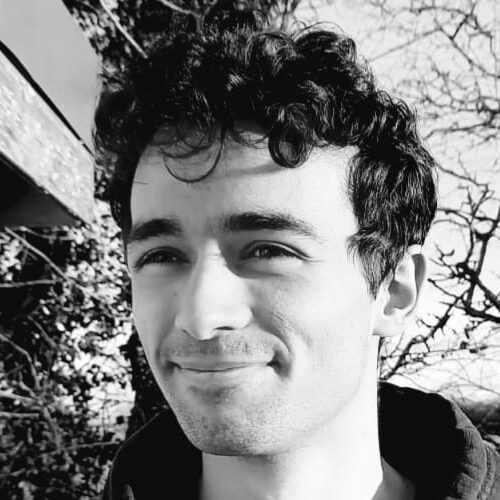What are you working on? Who do you work with?
I am working on audio signal processing algorithms that can run on autonomous sensors subject to intermitent power supply. I work with my three PhD advisors from LS2N, Vincent Lostanlen from the SIMS team and Pierre-Emmanuel Hladik and Sébastien Faucou from the STR team.
Why is this topic worth studying? What are the applications?
These autonomous sensors can be used to monitor any environment through sound. They are especially useful to follow the activity of bird species in environments that are hard to access by humans or where human interventions should be avoided, thereby providing relevant quantitative information for biodiversity preservation.
These sensors can also be used to monitor urban environment, in order to control the level of noise pollution for instance, which is useful to ensure a good quality of live for residents.
How did you get interested in this topic? What were you doing before you joined Audio @ LS2N?
I have been interested for years in the processing of numerical information, and I studied signal and image processing as well as Machine Learning at Télécom Paris. I discovered the field of bioacoustic during a small project on audio processing and I really liked both the technical challenges and the applications that are specific to this topic.
Before joining, I did a six-month research internship at CUNEF Universidad in Madrid on Adversarial Machine Learning in the context of Bayesian Inference.
What is something special about you compared to others in the team?
I have not yet met the other members of the team but I love working with sound and making music.
What kind of scientist do you hope to become?
I hope to always keep learning and discovering new topics while producing research that is helpful regarding current global challenges.
